The LEGO Education methodology allows students to discover and experiment independently through hands-on learning. Students can observe the result of their programming activities and link their knowledge with their conception of the real world.
If you are a teacher (regardless of your academic field), this will be of interest to you: Who hasn’t heard of the famous LEGOS? Do you know how to integrate them into the classroom for educational purposes? Don’t worry! The example proposed in this article will give you an idea of how to initiate this integration process.
But, first things first, here is a little bit of background on where this initiative was born. The LEGO Group was founded in the 1930s by Ole Kirk Kristiansen. Since then innumerable products have been incorporated into this brand, leading to the creation of projects to inspire children through unique learning experiences.
LEGO Education ROBOTIX emerged in the year 2000 to promote and develop learning solutions in educational centers. This initiative is strongly committed to teaching and learning robotics, programming and STEM (Science, Technology, Engineering and Mathematics) areas.
“By building and programming robots provides students with motivation, self-confidence and a sense of achievement to carry on working and discover future vocations.”
The LEGO Education methodology allows students to discover and experiment independently through hands-on learning. Students can observe the result of their programming activities and link their knowledge with their conception of the real world. Building and programming robots provides students with motivation, self-confidence and a sense of achievement to carry on working and discovering future vocations.
In educational centers, it is usually adopted as an extracurricular activity that students can voluntarily choose to study out of class hours. The objective of LEGO Education ROBOTIX is to integrate robotics as part of the curriculum courses. In 2017, nearly 600 children successfully participated in these after-school activities. There are still very few educational centers that have included it in their curricula, at least in the Murcia Region of Spain, but, given its high level of applicability in diverse fields of study, its adoption could evolve rapidly.
The following is an activity designed to integrate the use of
“With the LEGO methodology, assessment becomes an instrument to monitor and evaluate the results obtained during the activity’s construction, contemplation and continuation process.”
The following activity has been designed to integrate the use of LEGOS in 1st, 2nd and 3rd grade primary school lessons (6- to 8-year-olds), linking it with the desired learning objectives:
Activity: “Discovering insects: dragonflies”
● Learning objectives:
➔ Explore and connect with the real world.
➔ Examine the forces, movements and cause-effect relationships associated with gear and sensor mechanisms.
➔ Introduce students to technology and simple programming with the Lego Education WeDo 1.0 and Lego Education WeDo 2.0 software.
● Target students: Primary Education (6-to 8-year-olds).
● Construction: 30 minutes.
● Programming: 30 minutes.
● Description: To connect with students, the teacher describes the different types of dragonflies that exist, through a presentation of attractive pictures and videos on the evolutionary phases of these insects, highlighting their metamorphosis process. Finally, the teacher explains how dragonflies and other flying insects adapt their flight to different conditions.
The LEGO model accurately and realistically imitates the insect: a large abdomen, solid wings and big eyes, which are the most characteristic features of all dragonflies. The construction makes use of a complicated gear transmission system that moves the dragonfly and the boom on which it is mounted. The program first rotates the dragonfly and then moves the arm. The effect is the rotation of the dragonfly in flight.
● 4 Cs learning methodology:
○ Connect (10 min)
The teacher starts the class by showing pictures of these insects and asks the question: What do you know about dragonflies?” This leads to a brief brainstorming session on insects. Then, the teacher shows videos on the habitat, lifestyle and evolution of dragonflies: After watching the videos, the class begins to build the LEGO Dragonfly.
○ Construct (30 min)
Students spend approximately 30 min on constructing the LEGO Dragonfly, following the building instructions provided by the teacher.
○ Contemplate (10 min)
Students contemplate the Lego Dragonfly they created and observe all of its parts. They should know how to differentiate the parts of the Lego Dragonfly (abdomen, wings and eyes) and how the mechanisms make it work.
The dragonfly moves with the motor that activates the complicated gear system and rotates around the axle that goes through the central orifice. The motion sensor can regulate the dragonfly’s flight speed.
The second part of the mechanism that moves the Lego Dragonfly is the rotating boom on which it sits. It is made up of another complex gear system, i.e. thus forming part of two different levels of toothed wheels.
Finally, the teacher suggests inserting the motion sensor into the construction and programming it to observe what can happen during its flight.
○ Continue (10 min)
Once the workings of the Dragonfly have been observed, students are presented with a new challenge: using the mechanism they studied to construct the dragonfly, they have to build an eagle that is getting ready to hunt its prey, programming it to fly around the same.
With the LEGO methodology, assessment becomes an instrument to monitor and evaluate the results obtained during the activity’s construction, contemplation and continuation process. The process, abilities and skills used to resolve the proposed challenges, and the motivation, initiative and possible difficulties found are all assessed. A self-assessment rubric is used to record students’ evolution, in which the children themselves judge the results obtained and what they have learned.
LEGO materials can serve as a resource to facilitate learning of all the general competencies. Learning competencies encompass: capacities to apply in an integrated manner the content related to each lesson and educational stage, in order to achieve the appropriate execution of activities and the effective resolution of complex problems (Ministry of Education, Culture and Sport, 2014).
This activity consolidates the following basic learning competencies:
- Linguistic competency: Students learn to communicate with each other in order to construct the LEGO, expressing and sharing their ideas to interact with their companions and reach the final goal.
- Basic science and technology competencies: The former competency is acquired when students learn what insects are like and how they live, in particular dragonflies, and transfer this knowledge to apply it to their contextual reality. They also learn basic mechanical principles, such as how axles, motors and sensors work. The technological competency is developed when students are introduced to the basics of robotics, applying and observing the result of their construction according to their conception of reality.
- Learn how to learn: Students independently experience a progressive learning model through the construction and programming of a small robot, which fosters their interest in learning and persists over time through their teamwork.
- Social and civic competencies: Students work in small groups, and have to relate with each other and participate actively and collaboratively in building the robot, fomenting cooperative work and the development of values, such as respect and tolerance for others.
- Sense of initiative and entrepreneurial spirit: Students engage in the construction of the robot and become responsible for the project created, assuming and managing their own work. They also express and execute their ideas, thus developing the capacity for creation and self-motivation, which fosters learning.
This experience allows me to confirm that Educational Robotics drives students’ motivation and interest in learning about everyday situations and challenges. LEGO Education can be the “connector cable” between conventional subjects taught in the classroom (Language, Mathematics, Natural Science, History, etc.) and students’ interests through a suitable activity schedule.
About the author
María Adelina Gabarrón Sánchez holds a Bachelor’s degree in Primary Education from Universidad de Murcia in Spain. She teaches educational robotics using the LEGO Education methodology. She is experienced in the MIT Scratch methodology and 3D design and printing.
This article from Observatory of the Institute for the Future of Education may be shared under the terms of the license CC BY-NC-SA 4.0 
)
)
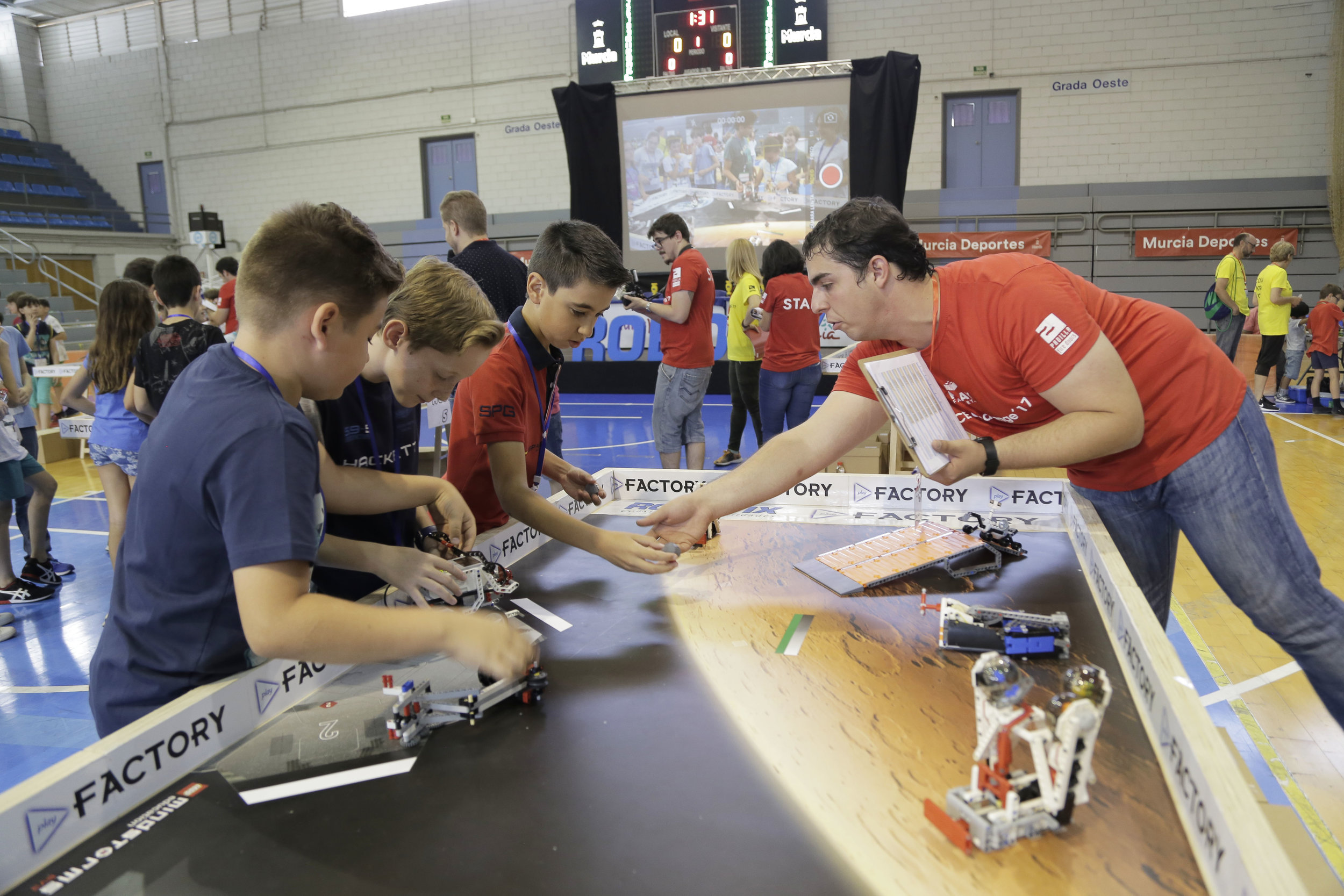
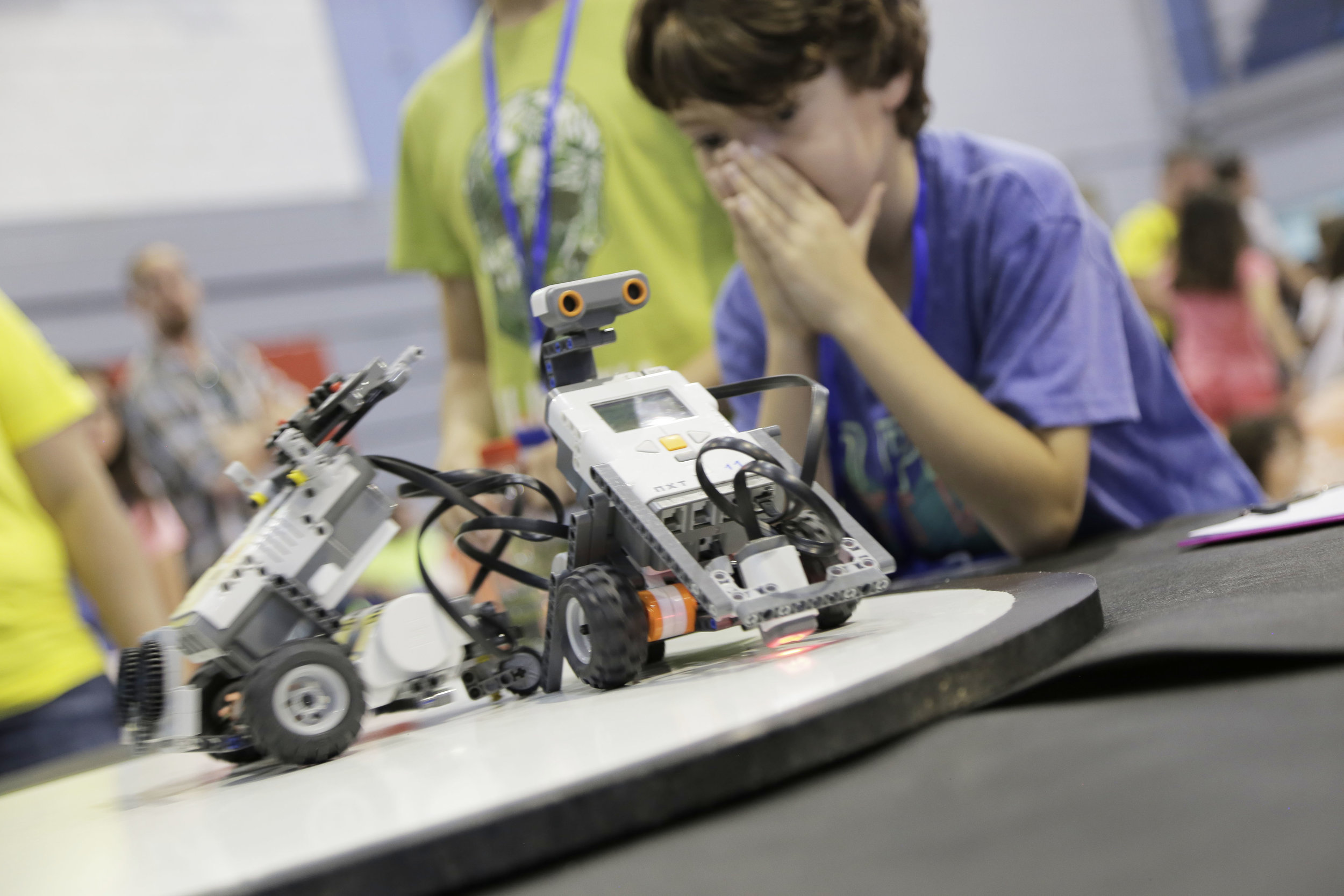
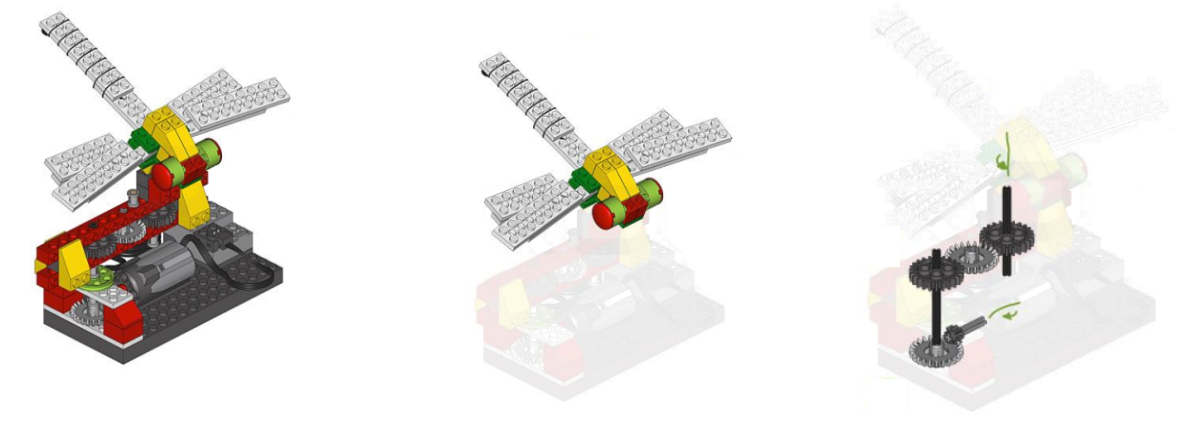
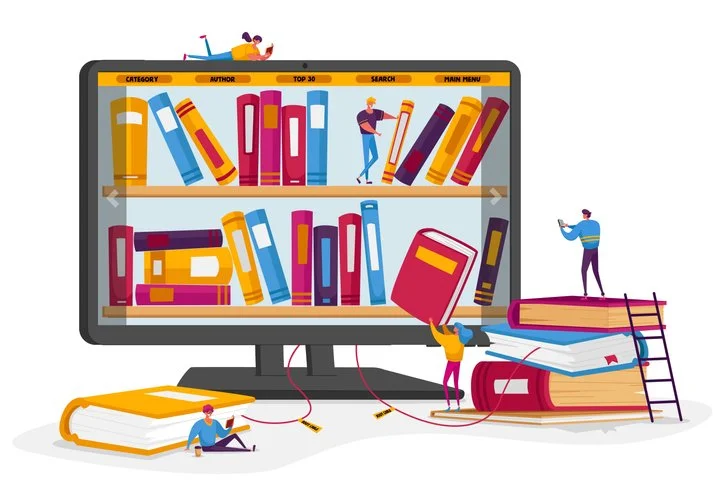



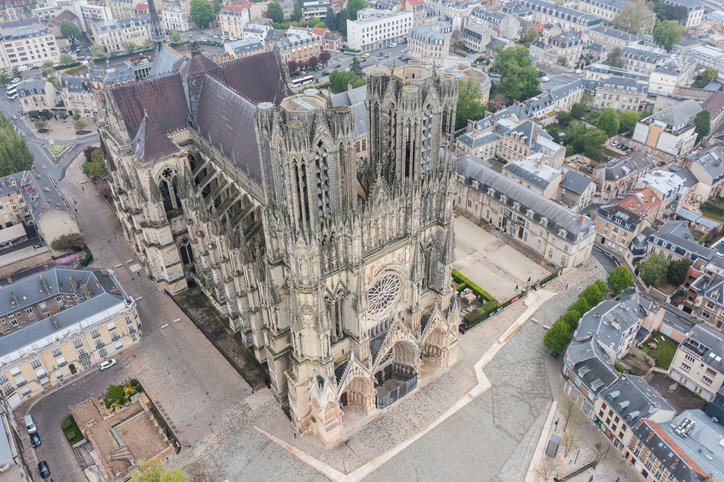
)
Roman Litvin
Roman Litvin
Roman Litvin